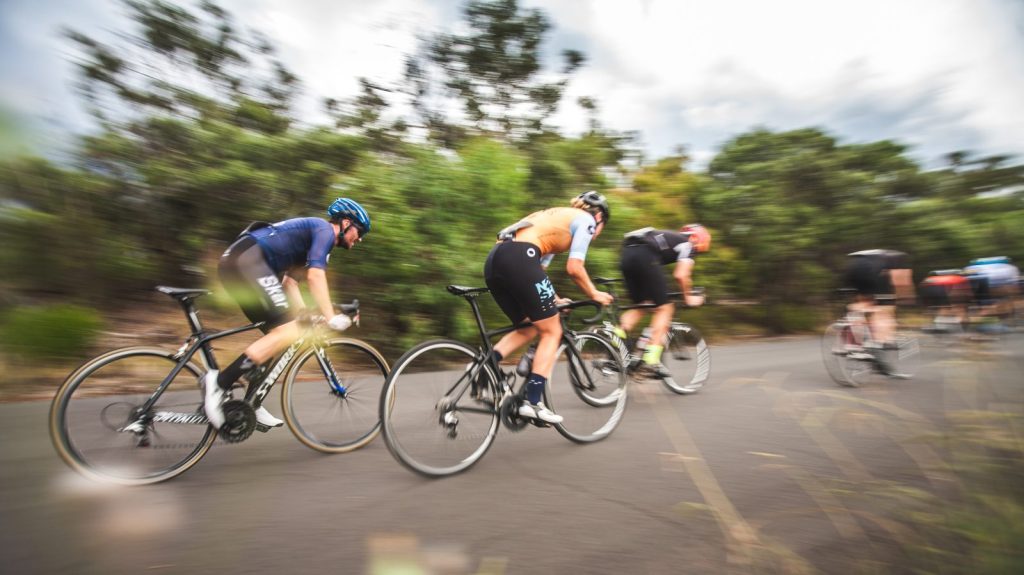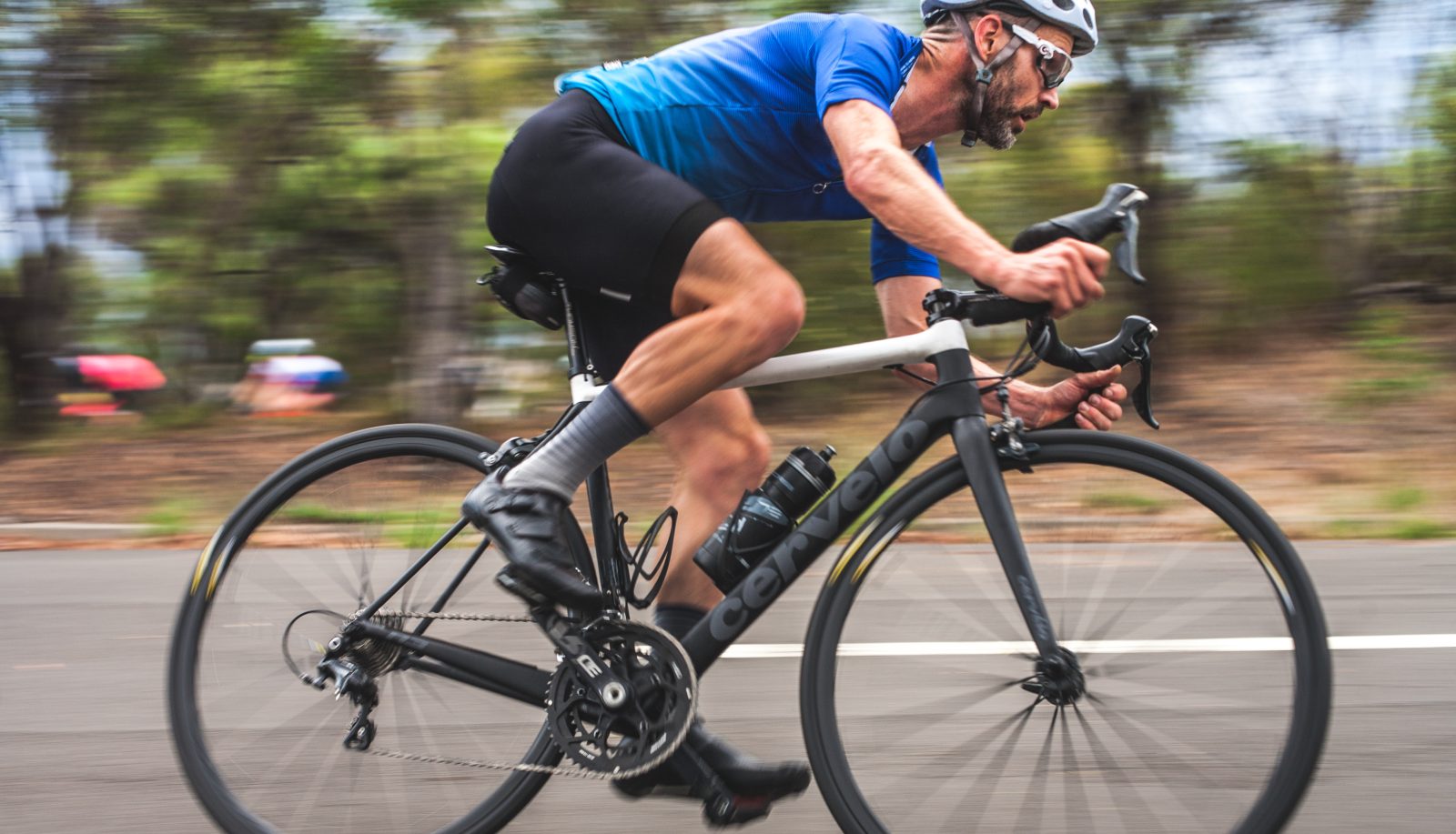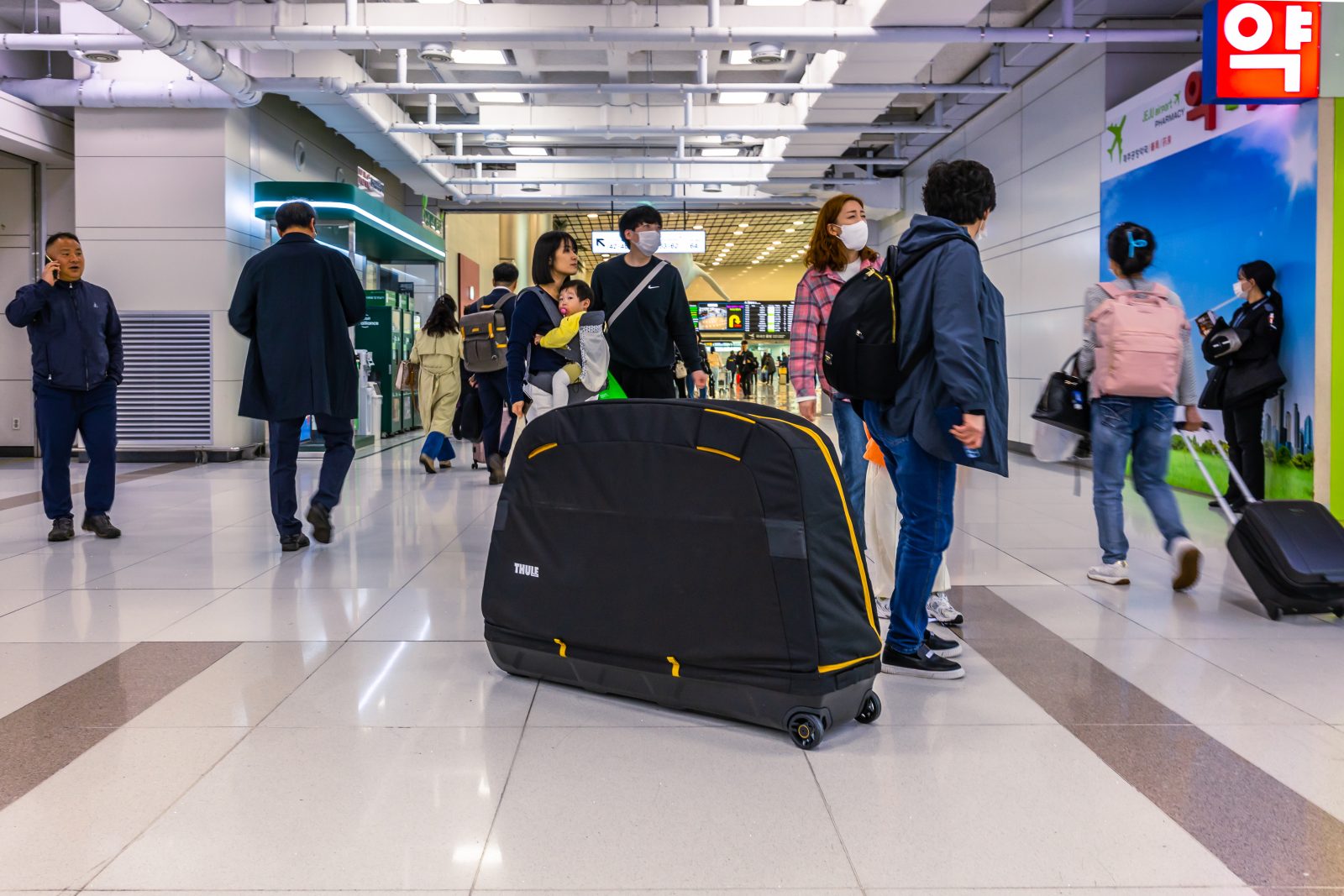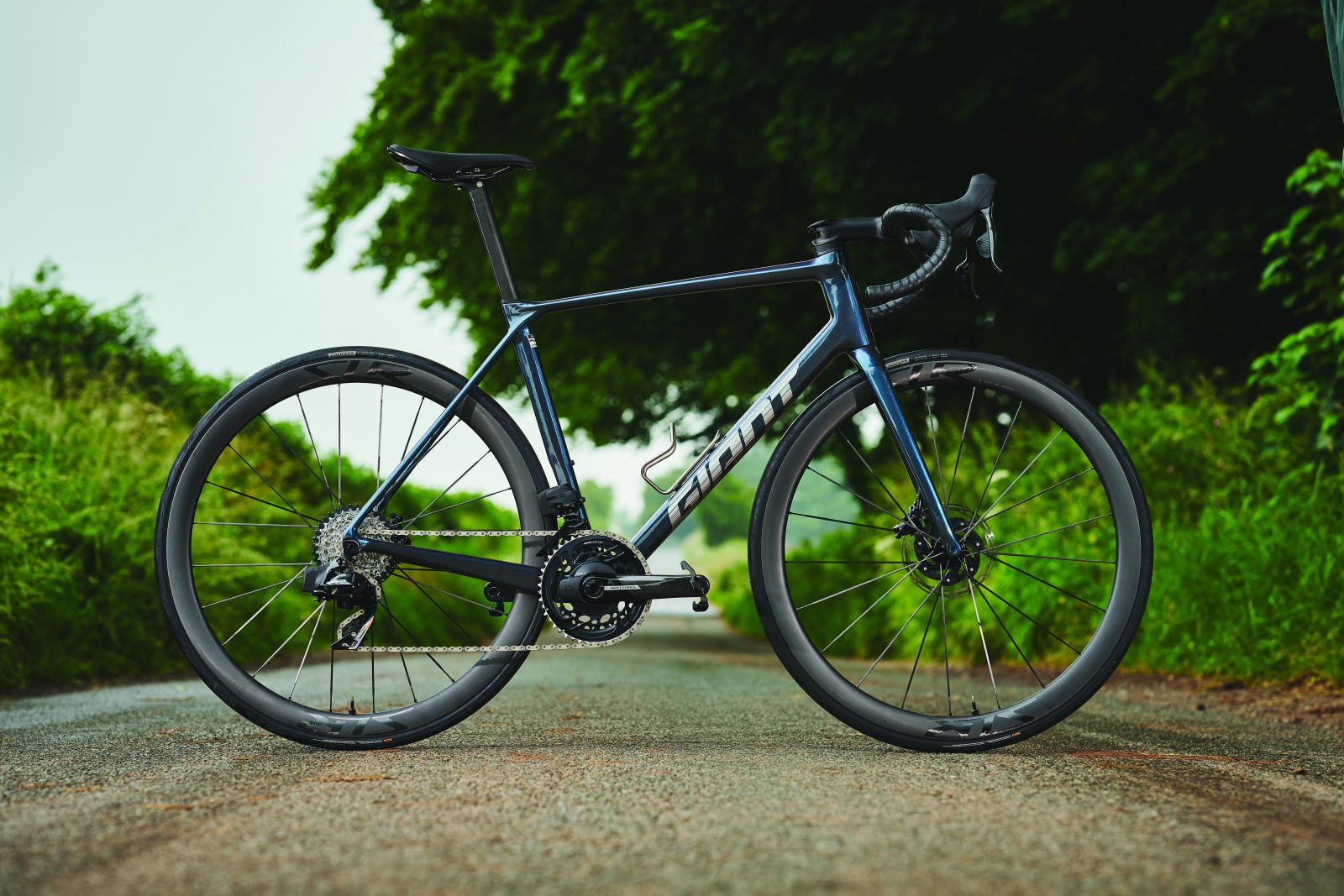When it comes to road bikes, one thing is certain; Aussie cyclists love to spend money on bikes and everything that goes with them. If you were watching the Tour Down Under this year and saw some of the sweet steeds the pros are riding, you may be looking at your bike (or bikes) and be thinking it’s high time for an upgrade.
With so many options, what kind of bike is best? With some bikes also approaching the total cost of owning and running some motor vehicles, how will you finance your roadie? What other aspects do you need to consider, such as taking out bike insurance? We delve into the ins and outs of road bike ownership and finance in this ultimate guide.

Types of bikes to consider
When buying a bike, you need to figure out a few basic things. What is your typical riding situation? Recreation or commuting? Road racing, cyclocross, track or triathlon? On what kind of terrain? Are there lots of hills involved? What is your ability? What is your budget?
If you live in a hill-dominated area, you may want to invest in a lightweight climbing bike. Aero bikes are built for speed and better for flat areas. If you’re going long distances, an emphasis on comfort and vibration dampening may be required. Endurance bikes are the usual choice for long-haul riding. Gravel bikes are specially designed for uneven or unsealed trails. Touring bikes are similar, except they are rated for carrying gear or supplies.
The fact is, if you’re not actually racing, then you can go for something more comfortable and still not sacrifice too much in terms of weight and performance. What’s more, many of us enthusiasts don’t really need to run full Dura-Ace or top-spec components when we could save weight more economically by dropping a few belt sizes!
Or you may just want an occasional bike that is good for recreation or fitness – which usually have fewer creature comforts. These fitness bikes may also have a flat bar (handlebars) instead of scooped or dropped bars (a curved shape) so you can adjust your profile to suit the terrain. Gear trains, suspension options, and tyre thickness are also considerations – the thicker the tyre, the more terrain it can reasonably cover.
You also need to figure out what height the bike is so it fits your frame; and the type of brakes such as disc brakes or rim brakes; drivetrains and gear ratios can also affect performance and comfort. This can all determine how much the bike will cost to purchase.
Costs of ownership and maintenance
There’s a massive gap between the entry-level and professional-grade road bike. You can front up at bike store and buy a basic roadie for $500 – or drop $15,000 or more on elite level performance road bikes.
Because you spend more on a bike does not necessarily mean it’s “better” – it has to be right for you. Prices under $1,000 are “geared” toward the recreational rider – riding on tracks and roads for fitness or on occasion. These bikes are typically aluminium and often feature an 8 or 9-speed cassette on the rear and a double or triple crankset on the front with 16, 18, 24, or 27 gears for effortless riding. At this price, disc brakes are reserved for higher-end motorcycles.
The next tier above may feature aluminium or carbon fibre frames and higher quality components up to $4,000. These can feature 11-speed cassette on the back with a double crankset on the front. At the $4,000 to $7,500 range, you gain even more enhanced wheelsets, higher-grade alloys, disc brakes, highly tuned suspension, stiff forks, and enhanced aerodynamics. Anything above this – you’re probably a professional cyclist in competition!
When you are in the market for a bike, you’ll also need to buy some accessories. Shoes, pedals, bottle cages, and spare tyres are needed. You’ll need to budget for these extras. When purchased with a bike, many businesses will negotiate pricing on these items, so it’s cheaper than buying separately after the fact. This can run back $200 to $500 – even more if you’re buying high-spec components such as wheelsets, for example.
New or used?
Compared to new bikes, used bikes are less expensive up front. However, buying a newer bike may actually result in lower financing costs. Lenders are often unwilling to finance older bikes, since less is known about their history. Long-term costs may be lower if you buy a new bike that is potentially safer, more effective, and more dependable than an older bike. Also, you do not get any consumer protections if you buy on the second-hand market. The biggest issue with second-hand is the absence of a frame warranty, which is standard with a new bike. Unless the seller is willing to make a claim on your behalf, you could be left with an expensive lemon if something goes wrong, so be careful!
How to finance your road bike
The number one cost-effective way to finance your road bike is to compare personal loans for cyclists and bikes. That means approaching a lender or broker that specialises in bike finance and ideally getting bike loan pre-approval. That means getting all the application work out of the way and having an amount you can spend on a bike and accessories. This amount or your price ceiling can help you negotiate a better price with dealers or second-hand sellers. They need to meet your price or you walk away.
Look closely at “ultra-low” finance deals from dealers that allow you to pay no interest for an initial period. This may suit your needs, though could end up costing more in the long run. The same applies to paying for your bike on your credit card. You’ll likely pay significantly more in interest, which only adds to the overall cost of your bike.
Do you need bike insurance?
If you’re doing any activity that poses a risk of harm to you or others, it’s imperative that you take out some kind of insurance. You can get bike riding insurance that takes care of non-Medicare covered medical bills, loss of earnings, replacement bike hire or repair coverage, third-party property damage, public liability, and coverage of legal costs. Bike insurance covers if you sustain an injury from any and all types of bike riding, such as commuting or recreation – but not for racing or riding for a commercial benefit.
Always test ride
Ride a bike before you buy to understand its size, shape, and handling. Simulate your riding style when testing a bike. If you like hills, cycle up and down the nearest rise. Try running on flat, fast tracks. Make sure your commuter feels sturdy and has enough storage. Beware of flashy new bikes. Assess it objectively and decide if it fulfils your needs. Most of all, don’t buy something you’ll regret!



